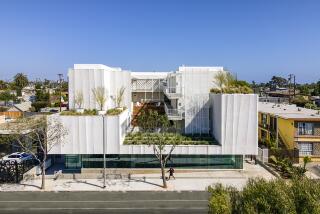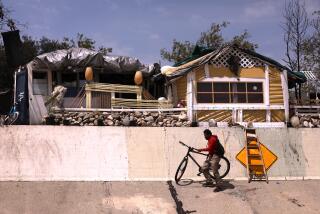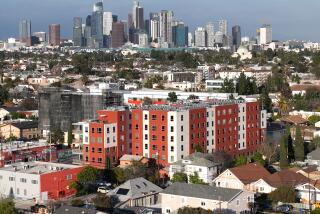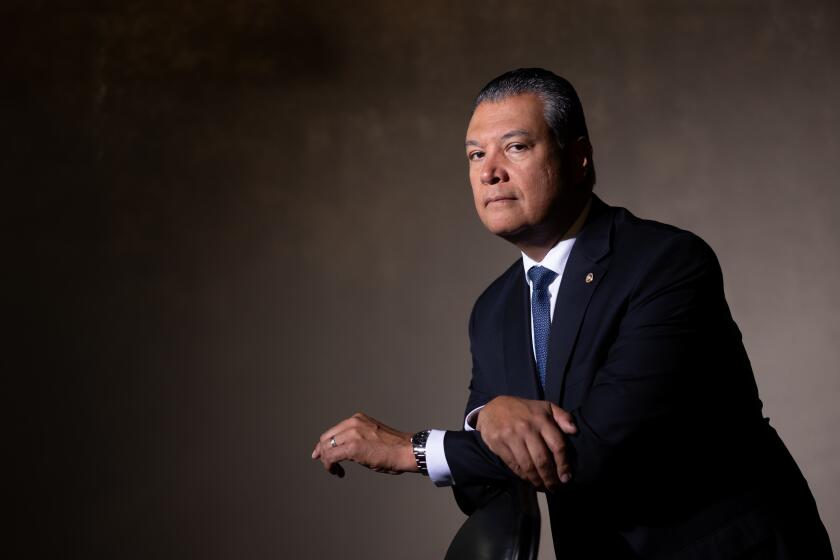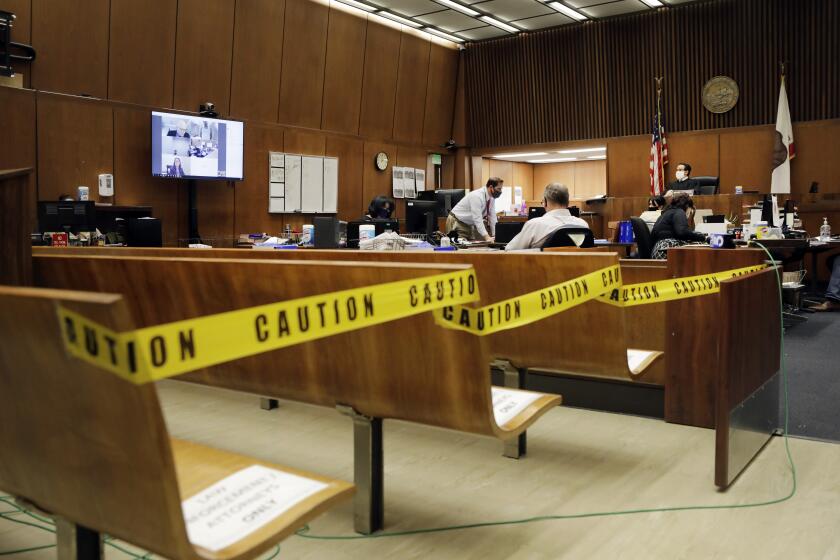‘Gimme Shelter’: Why modern freeway construction is still taking homes in Black and Latino areas
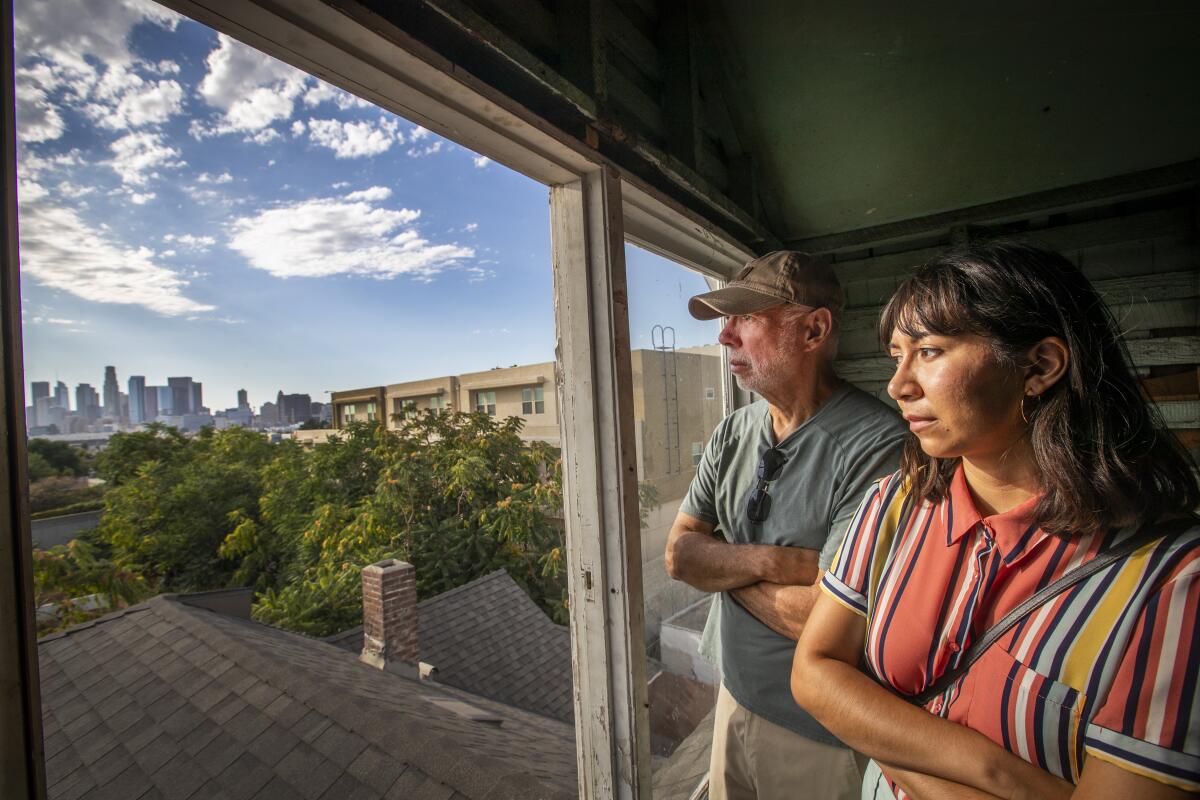
More than 200,000 people have lost their homes because of freeway construction in the last three decades across the country. And in some of the largest modern-day projects, residents living in Black and Latino neighborhoods are being disproportionately affected by the displacements.
A new Los Angeles Times investigation examines how highway planners’ decisions to route the U.S. Interstate Highway System through Black neighborhoods a half-century ago continues to resonate today. The Times found that expansions of existing freeways through cities in recent decades have inflicted a second round of dislocation and disruption on largely Black and now Latino communities as well.
On this episode of “Gimme Shelter: The California Housing Crisis Podcast,” we discuss The Times’ findings in depth, examining the effects of modern freeway widenings in Los Angeles, Houston and Tampa. Our guest is Alexandria Contreras, whose great-grandparents saw the 101 Freeway built a block from their home in Boyle Heights in the 1950s. Today, Contreras is fighting a proposed expansion of Interstate 5 near the home of Contreras’ parents in Downey.
“Gimme Shelter,”a biweekly podcast that looks at why it’s so expensive to live in California and what the state can do about it, features Liam Dillon, who covers housing affordability issues for the Los Angeles Times, and Manuela Tobías, housing reporter for CalMatters.
You can subscribe to “Gimme Shelter” on Apple Podcasts, Spotify, Stitcher, Soundcloud and Google Podcasts.

